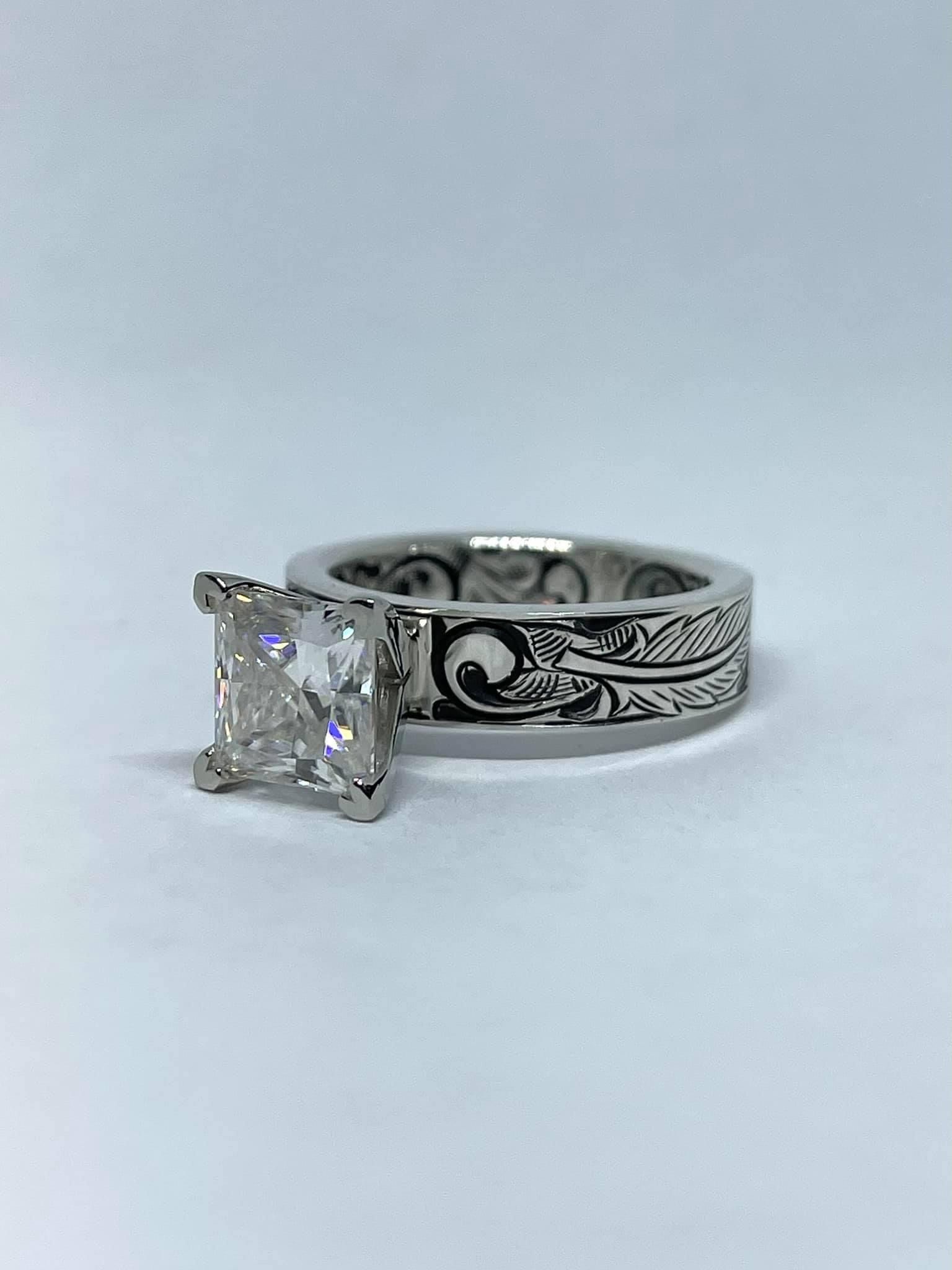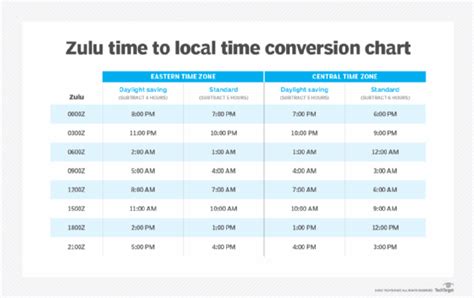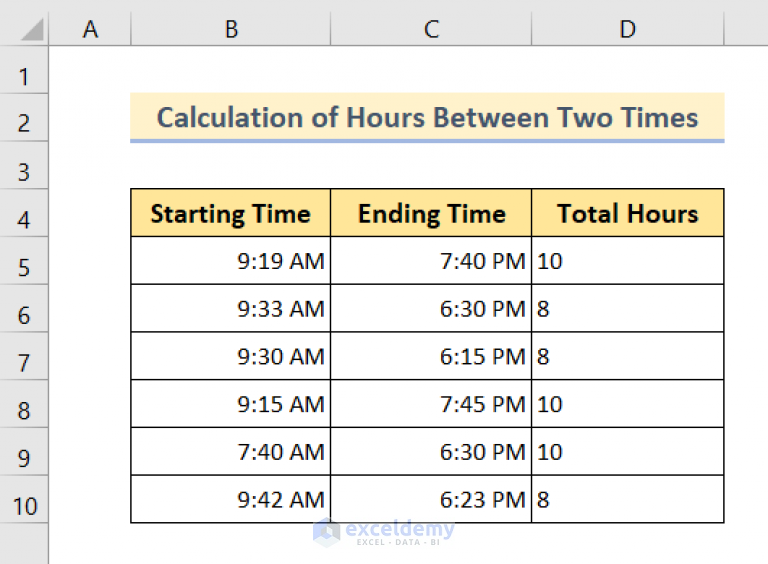Unbelievable: 12 Hours, Countless Seconds
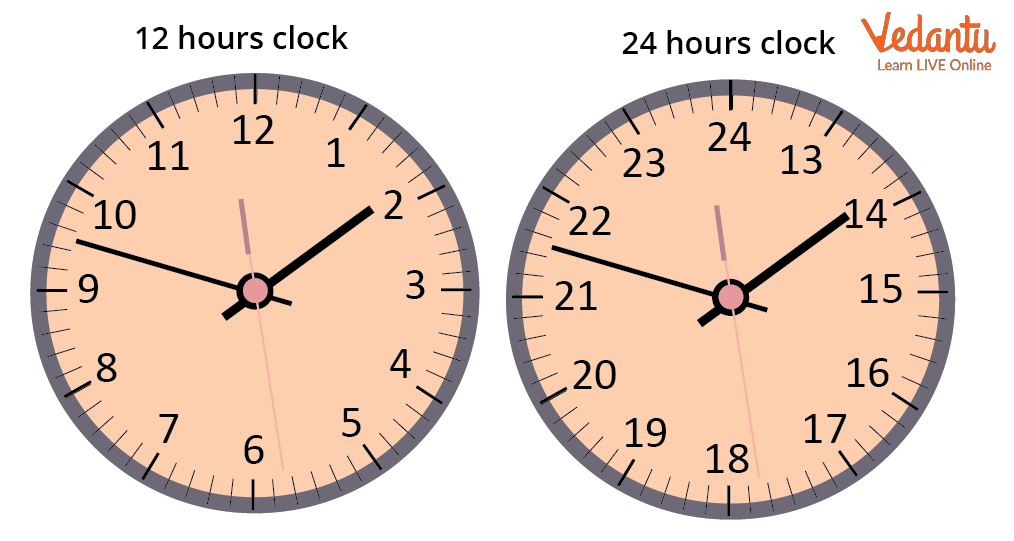
In the world of timekeeping and precision, there is a captivating phenomenon that challenges our perception of time. The concept of "12 Hours, Countless Seconds" delves into the intricacies of time measurement, where every second counts and precision becomes an art. This exploration reveals a hidden universe where the passage of time takes on a new and fascinating dimension.
The Precision of 12 Hours
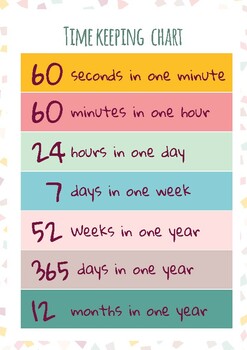
The notion of 12 hours as a timeframe carries a unique significance. It represents a balanced division of day and night, a natural rhythm that has guided civilizations for centuries. In the realm of timekeeping, this 12-hour cycle is a fundamental building block, a familiar structure that shapes our daily routines.
However, beneath this familiar facade lies a world of intricate precision. The 12-hour period is not merely a convenient division; it is a testament to the extraordinary capabilities of modern timekeeping technology. Atomic clocks, the pinnacle of accuracy, ensure that each second within this timeframe is measured with an unparalleled level of precision.
These clocks, synchronized to the vibrations of atoms, provide a standard so exact that it becomes the benchmark for international timekeeping. With deviations of mere nanoseconds, they guarantee that every second within the 12-hour cycle is accounted for and accurately recorded.
But the true wonder lies in the countless seconds that make up this period. Each second is a unique event, a fleeting moment in the grand tapestry of time. And within this vast array of seconds, there are stories to be told, moments to be cherished, and an infinite potential for discovery.
Atomic Precision: The Backbone of Timekeeping
The journey towards unparalleled timekeeping precision has been a long and meticulous one. The development of atomic clocks, a marvel of modern science, revolutionized the way we measure time. By harnessing the natural vibrations of atoms, these clocks provide a reference point so accurate that it has become the global standard.
The principle behind atomic clocks is astonishingly simple yet incredibly precise. At their core, they use the natural frequency of atomic transitions to measure time. Cesium atoms, in particular, have proven to be an ideal choice for this purpose due to their stable and predictable behavior.
In a typical atomic clock, a beam of cesium atoms is passed through a microwave cavity. The frequency of the microwaves is adjusted until it matches the natural resonance frequency of the cesium atoms, causing them to emit a characteristic signal. This signal is then used to generate an extremely stable and accurate time reference.
The precision of atomic clocks is truly mind-boggling. The international standard for timekeeping, the Coordinated Universal Time (UTC), is based on an ensemble of atomic clocks maintained by various national laboratories around the world. These clocks are so accurate that they gain or lose less than a second in millions of years.
| Atomic Clock Type | Accuracy |
|---|---|
| Cesium Fountain Clock | ±1 Second in 100 Million Years |
| Hydrogen Maser Clock | ±1 Second in 100 Million Years |
| Rubidium Atomic Clock | ±1 Second in 1 Billion Years |
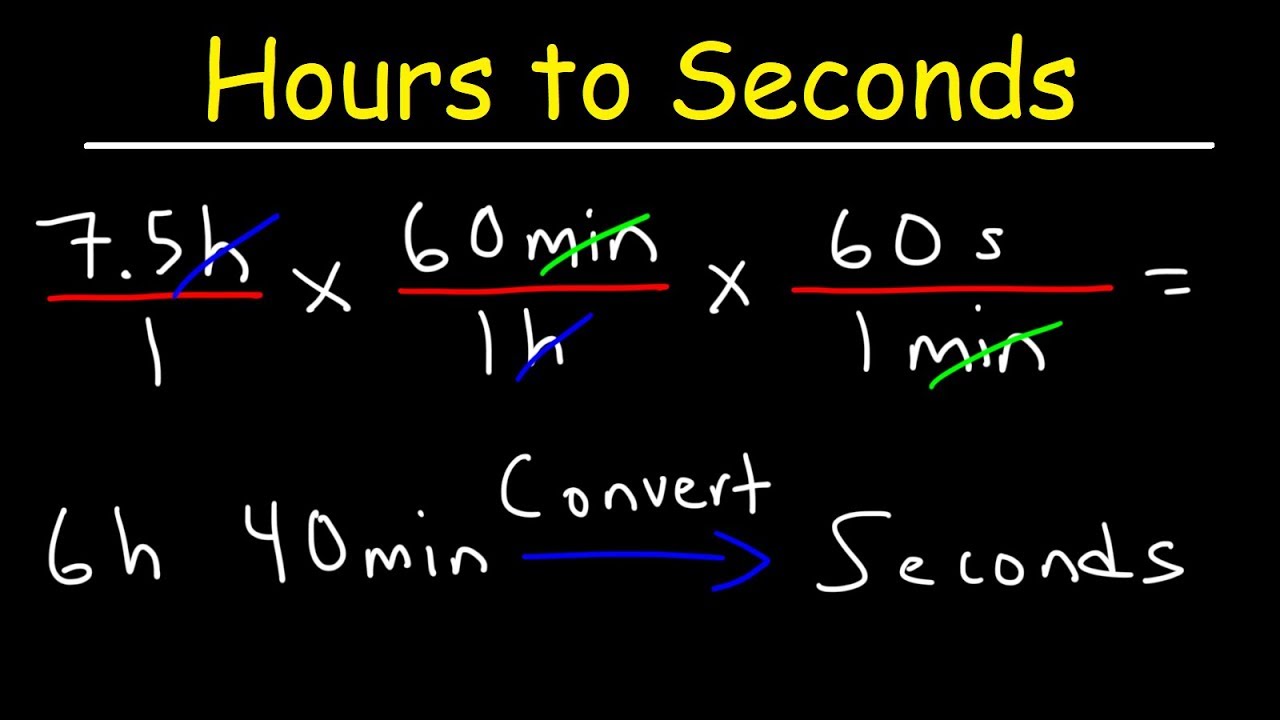
With such incredible precision, atomic clocks have become the backbone of modern timekeeping systems. They are used in a wide range of applications, from telecommunications and GPS systems to financial transactions and scientific research. The reliability and accuracy of these clocks have transformed the way we synchronize our world, ensuring that every second is accounted for with utmost precision.
A World of Countless Seconds
When we delve into the concept of countless seconds, we enter a realm where time takes on a new dimension. Each second becomes a microcosm of potential, a chance for something extraordinary to occur. It is within these countless seconds that the fabric of our lives is woven, moment by moment.
Consider the myriad of events that take place within a single second. From the atomic level, where particles interact and transform, to the macroscopic world, where actions and reactions shape our reality. Every second, countless stories unfold, connections are made, and lives are lived.
Imagine the power of capturing and documenting each of these seconds. The possibilities for analysis, reflection, and discovery become endless. We can explore patterns, identify trends, and gain insights into the nature of time itself. By embracing the concept of countless seconds, we open ourselves up to a world of infinite potential and endless fascination.
In the context of timekeeping, this notion takes on an even greater significance. It challenges us to rethink our relationship with time and to appreciate the incredible precision that underpins our modern world. Every second, every moment, is a chance to create, to learn, and to experience the beauty of existence.
The Art of Timekeeping: Precision and Beyond

Precision is the cornerstone of timekeeping, but it is not the whole story. While atomic clocks and their incredible accuracy lay the foundation, the true art of timekeeping lies in harnessing this precision to serve a higher purpose.
Imagine a world where every second is accounted for, where time is not just a measurement but a tool for exploration and discovery. This is the realm where the art of timekeeping thrives, where precision becomes a means to an end, and where the potential for innovation and creativity knows no bounds.
The Human Element: Crafting Precision for a Purpose
The art of timekeeping goes beyond the mere act of measuring seconds. It involves a deep understanding of the purpose and context in which time is being measured. It is about crafting precision to serve a specific need or goal, whether it be synchronizing global communications, ensuring accurate financial transactions, or enabling precise scientific experiments.
Take, for example, the world of sports timing. Here, precision is crucial, but it is not an end in itself. The goal is to capture and analyze the performance of athletes with the utmost accuracy, providing valuable insights that can drive improvement and excellence. Every second matters, but it is the context and purpose that give these measurements meaning.
In the realm of scientific research, timekeeping takes on a whole new dimension. Here, precision is not just about measuring seconds; it is about capturing the intricacies of natural phenomena and unlocking the secrets of the universe. From tracking the movement of celestial bodies to studying subatomic particles, the art of timekeeping enables scientists to explore the unknown and push the boundaries of human understanding.
In both of these examples, and countless others, the art of timekeeping involves a deep collaboration between technology and human expertise. It is about understanding the needs and aspirations of the users and then harnessing the precision of timekeeping technology to achieve those goals. It is a delicate balance between the objective world of numbers and the subjective world of human experience.
The Future of Timekeeping: Innovation and Discovery
The future of timekeeping holds immense potential for innovation and discovery. As we continue to push the boundaries of precision, new technologies and methodologies are emerging that challenge our understanding of time and its measurement.
Quantum timekeeping, for instance, is an emerging field that leverages the unique properties of quantum mechanics to achieve unprecedented levels of accuracy. By harnessing the principles of quantum entanglement and superposition, researchers are developing new types of atomic clocks that are orders of magnitude more precise than their classical counterparts.
Additionally, the integration of artificial intelligence and machine learning into timekeeping systems is opening up new possibilities for data analysis and prediction. These technologies can analyze vast amounts of time-related data, identify patterns and anomalies, and make predictions about future events, all in real-time.
As we continue to explore the art of timekeeping, we are not just measuring seconds; we are unlocking the potential for innovation, discovery, and a deeper understanding of our world. The future of timekeeping is bright, and the possibilities are limitless.
Conclusion: Embracing the Timeless Journey
In the exploration of “12 Hours, Countless Seconds,” we have embarked on a journey through the intricate world of timekeeping. We have witnessed the precision and accuracy that underpin our modern timekeeping systems and gained a deeper appreciation for the countless seconds that make up our lives.
The concept of 12 hours as a timeframe serves as a reminder of the balanced and rhythmic nature of time. It is a familiar structure that guides our daily lives, yet within it lies a world of intricate precision and infinite potential.
Atomic clocks, the guardians of time, ensure that every second is measured with unparalleled accuracy. They provide a benchmark for synchronization and a foundation for the countless applications that rely on precise timekeeping. From telecommunications to scientific research, the precision of these clocks has revolutionized the way we live and work.
But beyond the precision, the art of timekeeping lies in harnessing this accuracy to serve a higher purpose. It is about understanding the context and purpose of time measurement and using precision as a tool for innovation, discovery, and the advancement of human knowledge.
As we embrace the timeless journey of timekeeping, let us appreciate the countless seconds that make up our lives. Let us explore the potential within each moment and use the precision of time to create, learn, and grow. The journey through time is a fascinating one, and with every second, we have the opportunity to make it extraordinary.
How accurate are atomic clocks?
+Atomic clocks are incredibly accurate, with some types gaining or losing less than a second in billions of years. They serve as the international standard for timekeeping.
What is the significance of the 12-hour cycle in timekeeping?
+The 12-hour cycle is a natural and familiar division of time that has guided civilizations for centuries. It provides a balanced structure for daily routines and serves as a fundamental building block in timekeeping.
How do atomic clocks work?
+Atomic clocks use the natural vibrations of atoms, typically cesium atoms, to generate an extremely stable and accurate time reference. By matching the frequency of microwaves to the natural resonance frequency of cesium atoms, an accurate time signal is produced.
What is the role of timekeeping in various industries?
+Timekeeping plays a critical role in a wide range of industries, including telecommunications, finance, and scientific research. Accurate time synchronization is essential for these fields to function efficiently and reliably.
